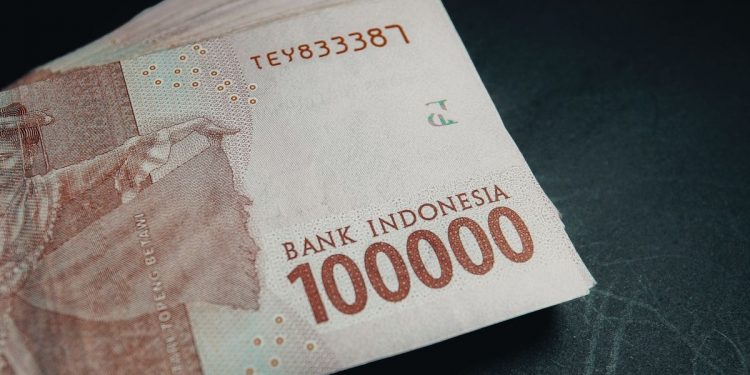Bank Indonesia noted that Indonesia’s foreign debt (ULN) grew slowly. Indonesia’s external debt position at the end of October 2020 was recorded at US $ 413.4 billion or equivalent to Rp5,862 assuming an exchange rate of Rp.14,181 per US dollar.
Head of the Communication Department of Bank Indonesia Erwin Haryono said the debt consisted of public sector external debt, namely the government and central bank amounting to US $ 202.6 billion and private sector external debt including BUMN of US $ 210.8 billion.
In October 2020, Government external debt was recorded at US $ 199.8 billion or grew 0.3 percent (year-on-year), down from the growth in September 2020 of 1.6 percent on an annual basis.
Erwin said the slowdown in growth was influenced by the repayment of government foreign loans amid the return of foreign capital inflows on the Government Securities (SBN) market in line with declining global financial market uncertainty.
Moreover, positive investor perceptions are maintained on the prospects for improvement in the domestic economy.
Furthermore, Erwin said, the government’s external debt was still managed carefully, credibly and accountably to support priority spending, including dealing with the COVID-19 pandemic and implementing the National Economic Recovery Program (PEN).
The program covers the health services sector and social activities 23.8 percent of total government external debt, the construction sector 16.6 percent, the education services sector 16.5 percent, the government administration sector, defense, and compulsory social security 11.8 percent, and the sector financial services and insurance 11.4 percent.
Erwin said this development was driven by an increase in the external debt growth of financial institutions (LK) by 0.1 percent on an annual basis, after recording a contraction of 0.9 percent (year-on-year) in the previous month.
Meanwhile, the growth of non-financial institution company external debt (PBLK) was relatively stable at 8.3 percent (year-on-year).



